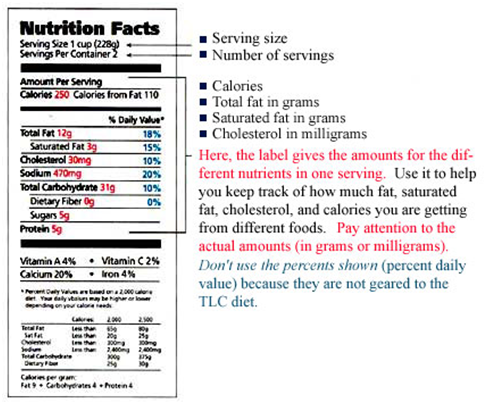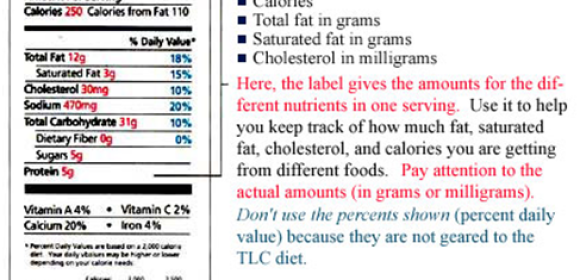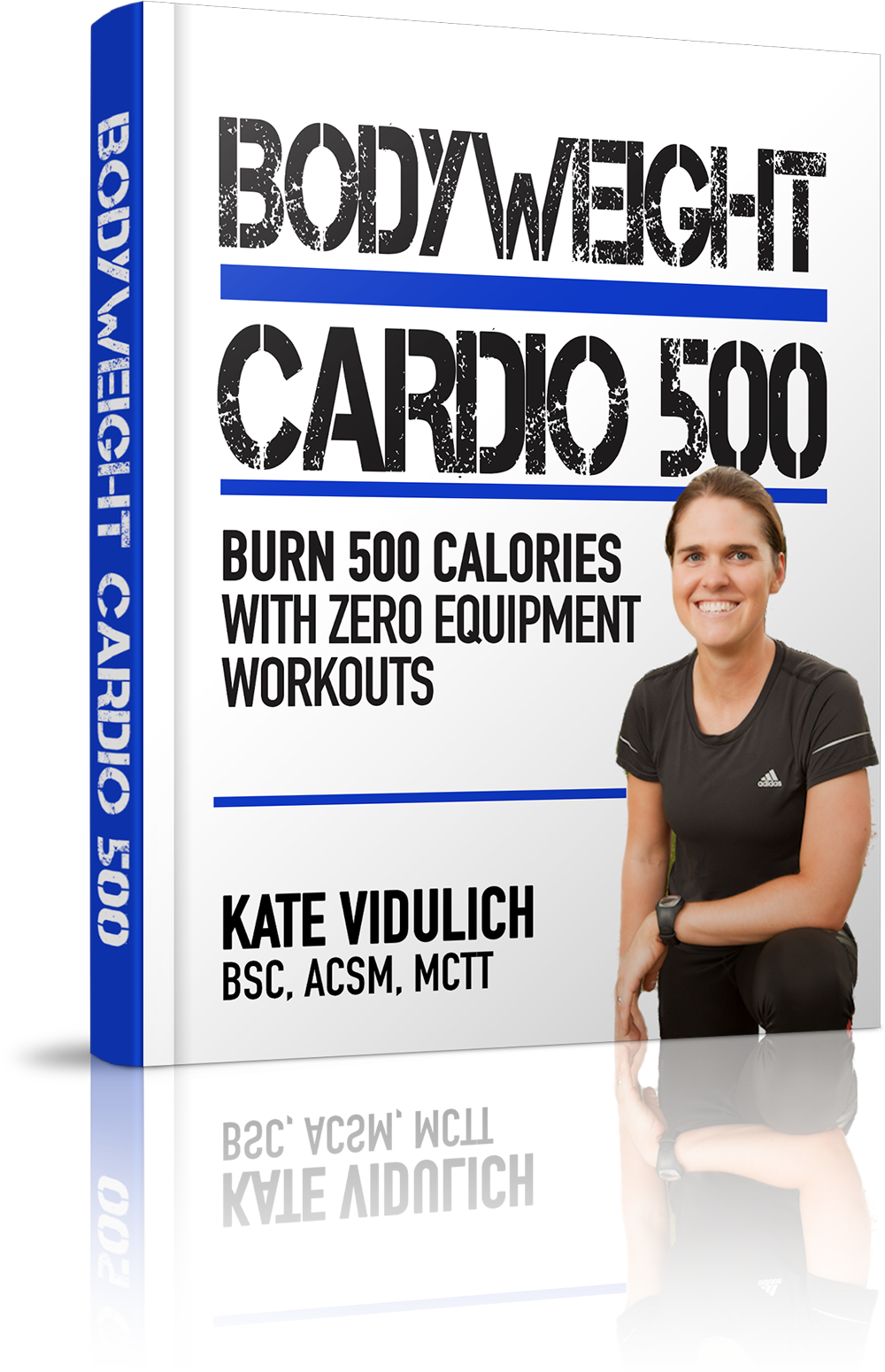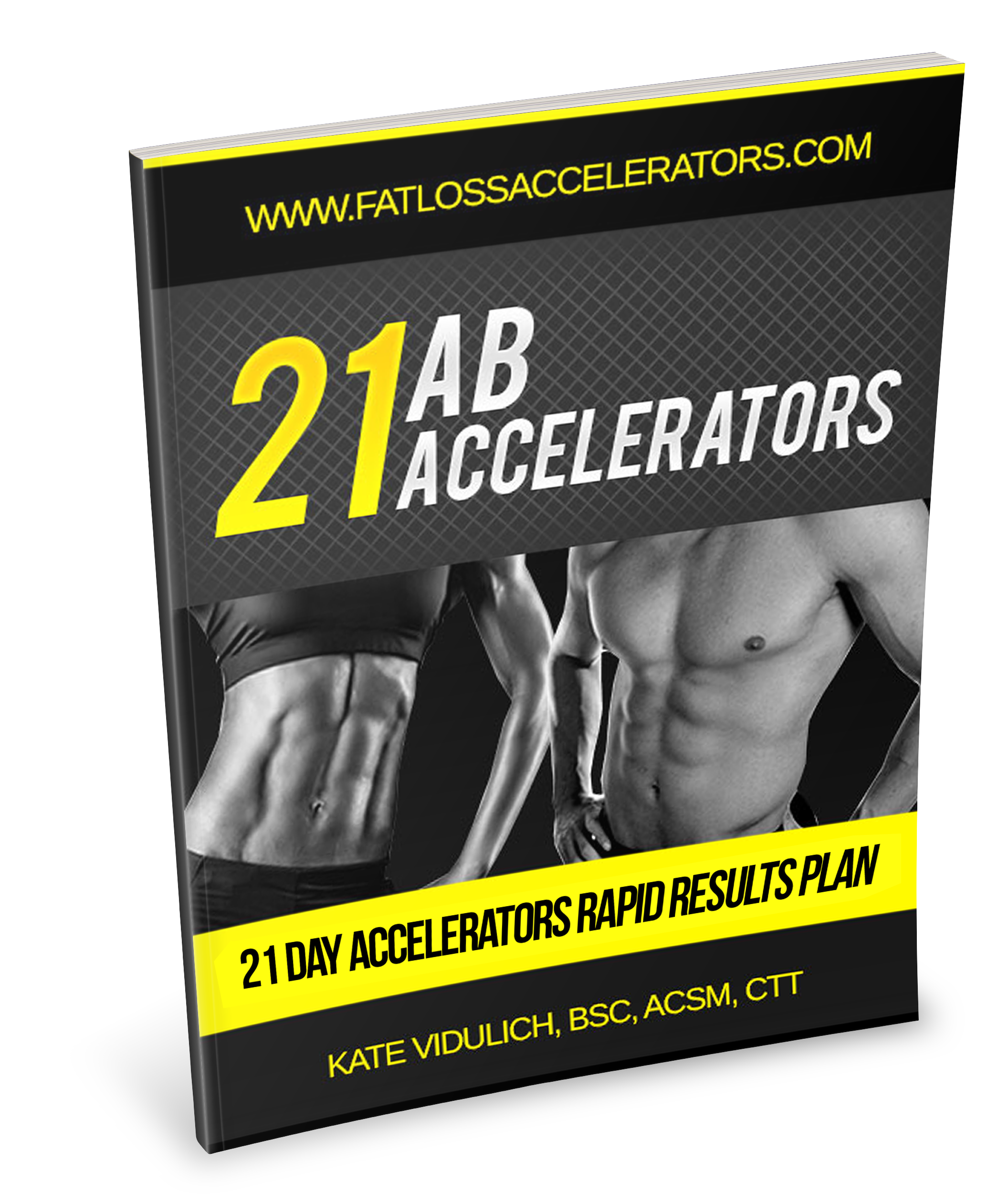When it comes to food labels, the manufacturers from big companies are very good at getting around the labeling laws and regulations, subsequently making them very good at pulling the wool over YOUR eyes.
One particular loophole is the manufacturer’s ability to claim ZERO grams of trans fat, zero calories or zero carbs when in fact the product does contain tons of fat, carbs and calories.
Grrrrr……
Zero Grams of Fat or Trans Fat
As long as the food item has less than .5g of fat or trans fat, respectively, the label does not need to claim their existence on the label.
In fact, the product can even legally market “ZERO grams of fat!” or “0g of trans fat per serving!”
YIKES!
More on why this is a HUGE problem, and how food manufacturers’ deepen this loophole in just a minute.
1. Zero Calories per Serving
As long as the food item has less than 5 calories per serving, it can be rounded down and labeled 0 calories.
While this may not seem like a big deal, you need to consider the serving sizes. If an item contains 50-100 servings, that’s a LOT of hidden fat and calories right there. But as long as long as they divide that package into small enough servings to meet the calorie and gram requirements to claim zero, it’s legal.
Legal and total BS!
I don’t know about you, but it makes me REALLY angry that huge food manufacturers can blatantly LIE to consumers about what is in their product and get away with it.
How Can You Avoid It?
Read the label, and check for the following trans fat “code names”:
If a food contains Partially Hydrogenated Oils, it contains trans fats.
The bottom line is that you should have a ZERO tolerance towards trans fat. They are the most health-destroying nutrient known to man, and you should truly consume ZERO grams per day. Avoid it like the plague.
2. Gluten Free
The reason it seems so expensive to eat healthy is because we fall for hyped up food products and label scams.
Avoiding gluten is a very good idea, especially if you’re intolerant.
Here’s the thing, 90% of the food labels listed as “gluten-free” NEVER had gluten in them in the first place!
Food marketers know that adding the label “gluten-free” to the packaging instantly increases sales, so they can scam you into thinking it’s healthier for you and charge you more in the process. <= Gee, thanks!
WTF!
The only 3 foods you should buy “gluten-free” are barley, rye or wheat. Or you can simply choose beans, sweet potato, or rice instead.
Everything else is a scam!
3. Organic
Is it worth your money to buy organic foods?
Yes and no. It depends on whether the big food companies are involved.
Spending your money buying organic foods from your local farmer is one of the smartest things you can do for your health.
There are certain foods you should definitely buy organic, and others that are not necessary.
Here’s the latest 2014 organic foods lists guidelines you should check out.
The Dirty Dozen (foods you SHOULD buy organic)
According to the latest EWG (Environmental Working Group) study, 65 percent of these foods below tested positive for pesticide residues.
=> Nectarines, celery, apples, lettuce, strawberries, grapes, blueberries, peaches, potatoes, bell peppers, spinach, and cucumbers.
The EWG also said that cherry tomatoes, hot peppers, kale and collard greens should be added to this list.
The Clean Fifteen (foods you do NOT have to buy organic)
These foods below are the EWG’s Shopper’s Guide for conventional fruits and vegetables with low concentrations of pesticide residues.
=> Onions, asparagus, avocados, watermelon, cantaloupe, yams, peas, locally farmed corn, mushrooms, kiwis, squash, eggplant, pineapple, oranges, and cabbage.
You can also add mangoes, papaya, grapefruit, and cauliflower to this list as well.
However, big food companies have pseudonyms that are designed to trick you into buying their organic products.
For example, I personally will NEVER buy these 6 organic foods, no matter what the food label says:
- Naked Juice (owned by Pepsi)
- Odwalla (owned by Coca-Cola)
- Morning Star (owned by Kellog’s)
- Bolthouse Farms (owned by Campbell’s)
- Stonyfield Farm Organic (owned by Dannon)
- Santa Cruz Organic (owned by Smucker’s)
4. Artificial sweeteners
You already know artificial sweeteners are bad news for you health…
But they’re also a top violator of “calorie free” deceptive labeling practices. Most brands of artificial sweeteners use dextrose (which is pure sugar) and/or maltodextrin as fillers in each packet, and each packet can legally contain up to a full gram of sugar and 5 calories and still be labeled as calorie free.
Read that line again so it sinks in.
I’ve seen people put 2-4 packets of this poison in their coffee… Ha, it’s hardly calorie free.
And even worse, dextrose and maltodextrin are two of the biggest insulin-spiking carbs going around – which is the entire reason people choose artificial sweeteners over sugar in the first place!
5. Made with Whole Grains
Beware of this food label lie!
A product claiming to be “made with whole grains” may actually contain a significant amount of a less desirable main ingredient.
So what you think is a healthy choice, may not be entirely made from whole grains and could also be loaded with other ingredients – that are not on the happy list.
Crafty food marketers are riding off the health buzz words, and strategically placing these claims on food packaging, knowing this will seal the deal for shoppers.
Keep your eyes pealed!
What Do The Numbers Mean?
Deciphering food labels is a total freakin’ nightmare.
So here’s a quick guide to the target numbers you want to hit:
Calories: It depends on the food, but the most important thing to do is check the number of servings and multiply.
Total Fat: Under 15g
Carbs: Under 20g (usually these carbs are processed if the food is packaged, so keep it minimal)
Sodium: Less than 120mg (5% DV)
Dietary fiber: 5-10g is good. The higher the better
Sugars: below 10g/serve. If sugar is the first ingredient listed – do not eat it. Your daily max for sugars is 25g.
Protein: 10g + is good
Don’t look at the percentages on the side of the label. It’s based off someone who is consuming a 2000 calories/day, so it’s just a ballpark figure.

If the food label is high in total carbohydrate, high in sugar per serving size, low in protein and low in dietary fiber… It’s a waste of calories!
Yours in health,
KV













